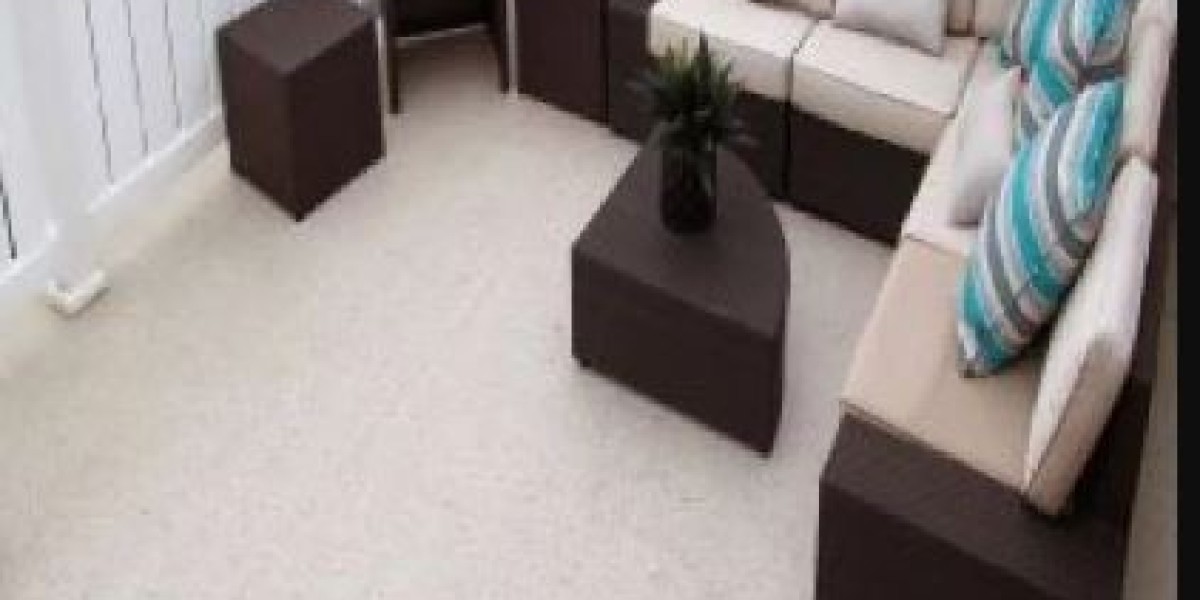Aluminum is a great alternative if you're searching for a sleek, contemporary, and long-lasting option for your deck or balcony railing. The advantages of this adaptable material are strength, lifespan, low maintenance, and style. We'll go over all the information you need to know about aluminum railing in this post, including its benefits, varieties, designs, and methods of installation, costs, and upkeep.
Benefits of Aluminum Railing:
Aluminum railing offers several advantages over other materials such as wood, vinyl, and steel. Here are some of the key benefits of aluminum railing:
Durability: Aluminum is a corrosion-resistant material that can withstand extreme weather conditions, such as rain, wind, and snow, without rusting or rotting.
Strength: Aluminum is a sturdy material that can hold heavy weight without bending or breaking, making it an ideal option for areas with high traffic or frequent use.
Low Maintenance: Aluminum railing requires minimal upkeep, unlike wood that needs staining and painting, or steel that requires periodic rust treatment. Aluminum railing only needs occasional cleaning with soap and water to maintain its appearance.
Style: Aluminum railing offers a range of customizable options in terms of colors, finishes, and designs, making it suitable for any architectural style or aesthetic preference.
Safety: Aluminum railing provides a secure and stable barrier that can prevent falls and accidents, especially for children or pets.
Types of Aluminum Railing:
There are two main types of aluminum railing: prefabricated and custom-made. Prefabricated aluminum railing is a preassembled system that comes in standard sizes and designs and can be easily installed by homeowners or contractors. Custom-made aluminum railing, on the other hand, is a personalized system that is tailored to the specific measurements, shapes, and styles of the property, and requires professional fabrication and installation.
Styles of Aluminum Railing:
Aluminum railing comes in a variety of styles that can suit different needs and preferences. Some of the most popular styles include:
Picket: This style features vertical bars or pickets that are evenly spaced and can have different shapes, sizes, and patterns. Picket aluminum railing is ideal for modern, minimalist, or industrial settings.
Glass: This style consists of glass panels that are held in place by aluminum frames or posts, creating a seamless and transparent look. Glass aluminum railing is ideal for scenic or waterfront views.
Cable: This style uses stainless steel cables that are tensioned between aluminum posts, creating a sleek and unobstructed view. Cable aluminum railing is ideal for contemporary or coastal settings.
Privacy: This style features aluminum panels or louvers that are installed horizontally or vertically, creating a sense of privacy and security. Privacy aluminum railing is ideal for urban or high-traffic areas.
Installation of Aluminum Railing:
Installing aluminum railing can be done by homeowners or professionals, depending on the complexity and scope of the project. Here are some general steps to follow for installing aluminum railing:
Measure and mark the placement of the railing posts or brackets on the deck or balcony.
Attach the posts or brackets to the surface using screws or anchors.
Insert the aluminum railing sections or panels into the posts or brackets, using screws or clips to secure them in place.
Add any accessories or finishing touches, such as caps
or trim, to complete the installation.
It is important to follow the manufacturer's instructions and local building codes and regulations when installing aluminum railing. Some jurisdictions require permits or inspections for railing installation, especially for decks or balconies that are more than 30 inches above the ground. It is also recommended to use proper safety equipment, such as gloves, goggles, and masks, when handling aluminum railing materials and tools.
Safety Considerations:
Aluminum railing can enhance the safety and security of your deck or balcony, but it also requires some safety precautions to be followed during installation and use. Here are some safety considerations to keep in mind:
Follow the manufacturer's instructions and local building codes and regulations for proper installation and use of aluminum railing.
Wear appropriate safety equipment, such as gloves, goggles, and masks, when handling aluminum railing materials and tools.
Use caution when working on elevated surfaces, such as decks or balconies, and consider using a safety harness or net to prevent falls.
Keep the area around the installation site clear of obstacles and debris to prevent tripping or accidents.
Make sure the Aluminum railing is securely attached to the structure and can withstand the required weight and pressure, especially in areas with high wind or snow loads.
Regularly inspect and maintain the aluminum railing to prevent wear, corrosion, or other damage that can compromise its safety and stability.
Conclusion:
Your outdoor living space can be made more attractive and safe by installing aluminum railing, which is a flexible, strong, and fashionable solution. Aluminum railing, whether prefabricated or made to order, can provide a number of advantages, including low maintenance, simple installation, and long-lasting performance. You can guarantee a successful and secure aluminum railing project that satisfies your demands and preferences by paying attention to the advice and recommendations in this article.








